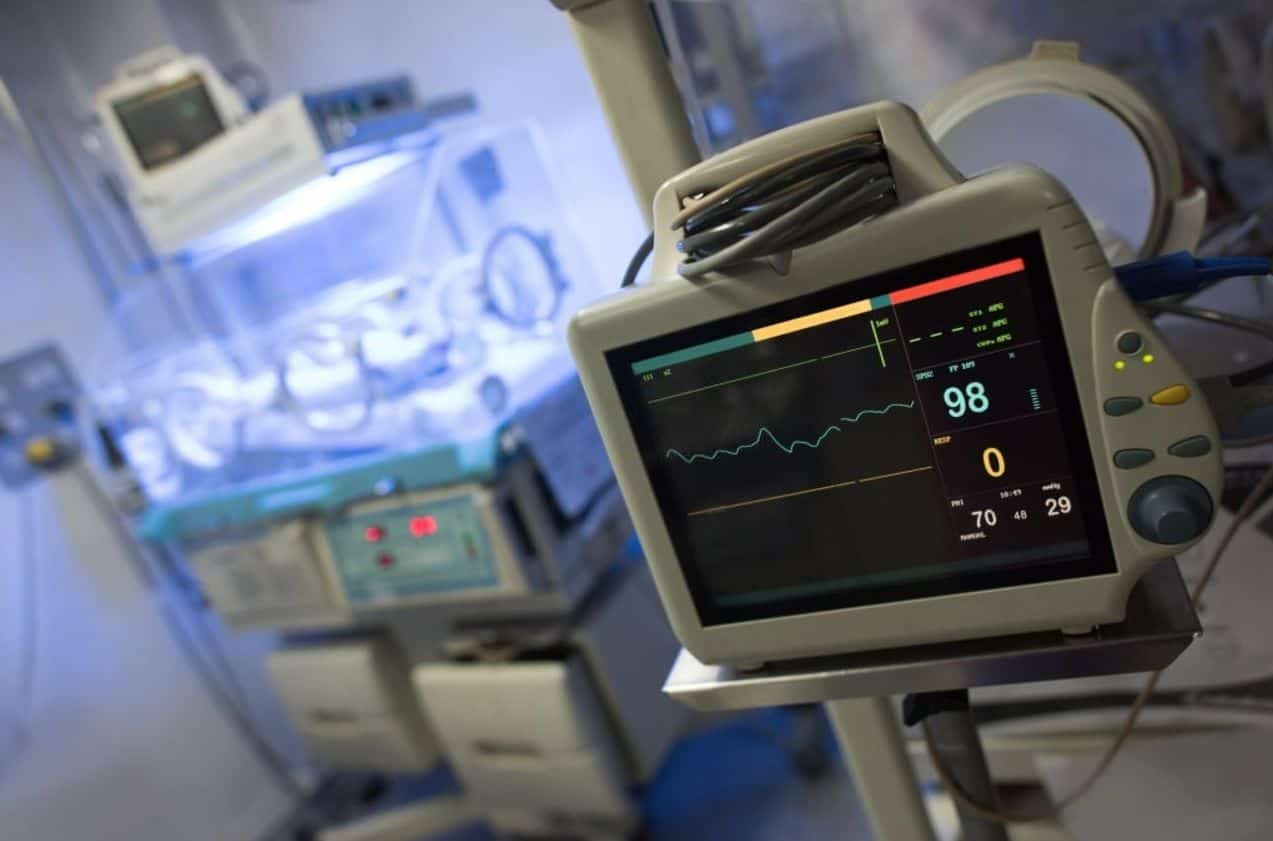Blood supplies necessary oxygen to muscles and organs via our circulatory system. Acoustic devices can generate microscopic bubbles in our blood that are capable of changing in response to oxygen, indicating the oxygen saturation level.
Microbubbles have a diameter of less than a hundredth of a millimeter and are formed by emulsifying lipids or proteins with a gas. When ultrasound is administered, the gas-filled microbubbles oscillate and vibrate, scattering energy and providing an auditory response detectable by a clinical ultrasound scanner. They are routinely used in medical imaging to increase tissue contrast.
Hemoglobin, the protein responsible for the distinctive color of red blood cells, will form a stable shell around microbubbles. It then resumes its normal function of binding and releasing oxygen from the blood.
Sirsi and his colleagues developed microbubbles to detect blood-oxygen levels acoustically, as the shells of the microbubbles are altered by structural changes in hemoglobin in reaction to oxygen. After enveloping the bubble, the hemoglobin shell remains continuously sensitive to oxygen and has been optimized to perform in living organisms’ circulation.
“When oxygen binds to hemoglobin, there are structural changes in the protein that change the mechanical properties,” says Sirsi. “The mechanical properties of the shell dictate the acoustic response of a bubble, so our hypothesis was that different acoustic responses would be seen as the shell gets stiffer or more elastic.”
Preliminary findings indicate a substantial link between oxygen concentration and acoustic bubble response, indicating the possibility for microbubbles to be used as oxygen sensors. This capability would have numerous medical and imaging implications, including the ability to evaluate oxygen-deprived regions of cancers and the brain.
Source: ACOUSTICAL SOCIETY OF AMERICA
Image Credit:
You were reading: Blood bubbles: A new way to detect blood-oxygen levels
